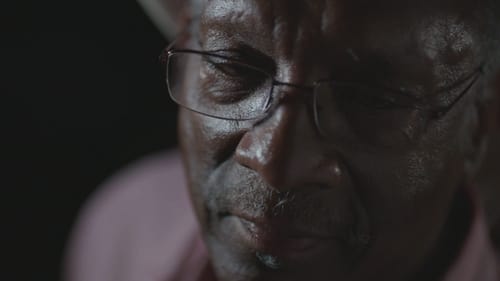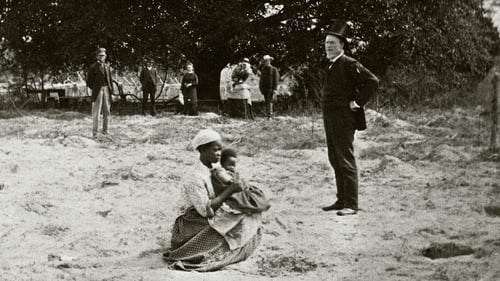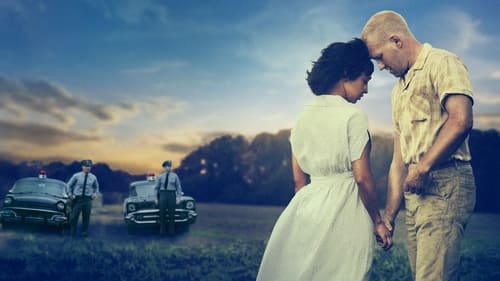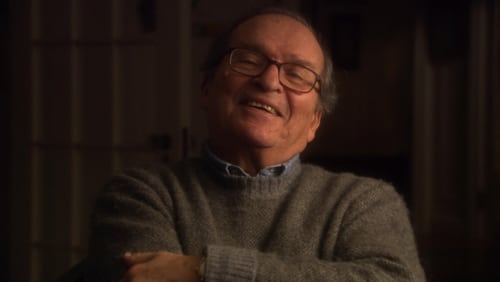
Writer
This is not a documentary about the making of Midnight Cowboy. It is about a dark and difficult masterpiece and the deeply gifted and flawed people who made it. It is about New York in a troubled era of cultural ferment and social change. It is about an era that made a movie and a movie that made an era. The 1969 movie tells the story of two homeless loners who join forces out of desperation and struggle to survive.

Producer
This is not a documentary about the making of Midnight Cowboy. It is about a dark and difficult masterpiece and the deeply gifted and flawed people who made it. It is about New York in a troubled era of cultural ferment and social change. It is about an era that made a movie and a movie that made an era. The 1969 movie tells the story of two homeless loners who join forces out of desperation and struggle to survive.

Director
This is not a documentary about the making of Midnight Cowboy. It is about a dark and difficult masterpiece and the deeply gifted and flawed people who made it. It is about New York in a troubled era of cultural ferment and social change. It is about an era that made a movie and a movie that made an era. The 1969 movie tells the story of two homeless loners who join forces out of desperation and struggle to survive.

Producer
A Crime on the Bayou is the story of Gary Duncan, a Black teenager from Plaquemines Parish, a swampy strip of land south of New Orleans. In 1966, Duncan tries to break up an argument between white and Black teenagers outside a newly integrated school. He gently lays his hand on a white boy’s arm. The boy recoils like a snake. That night, police burst into Duncan’s trailer and arrest him for assault on a minor. A young Jewish attorney, Richard Sobol, leaves his prestigious D.C. firm to volunteer in New Orleans. With his help, Duncan bravely stands up to a racist legal system powered by a white supremacist boss to challenge his unfair arrest. Their fight goes all the way to the U.S. Supreme Court, and their lifelong friendship is forged.

Director
A Crime on the Bayou is the story of Gary Duncan, a Black teenager from Plaquemines Parish, a swampy strip of land south of New Orleans. In 1966, Duncan tries to break up an argument between white and Black teenagers outside a newly integrated school. He gently lays his hand on a white boy’s arm. The boy recoils like a snake. That night, police burst into Duncan’s trailer and arrest him for assault on a minor. A young Jewish attorney, Richard Sobol, leaves his prestigious D.C. firm to volunteer in New Orleans. With his help, Duncan bravely stands up to a racist legal system powered by a white supremacist boss to challenge his unfair arrest. Their fight goes all the way to the U.S. Supreme Court, and their lifelong friendship is forged.

Writer
Recy Taylor é uma mãe de 24 anos negra que é violada por seis homens brancos, em 1944, no Alabama. Nestas situações, poucas mulheres falavam, temendo pelas suas vidas. Mas Recy Taylor identificou os seus violadores. Rosa Parks investigou o caso e apoiou-a na sua tentativa de conseguir justiça.

Director
Recy Taylor é uma mãe de 24 anos negra que é violada por seis homens brancos, em 1944, no Alabama. Nestas situações, poucas mulheres falavam, temendo pelas suas vidas. Mas Recy Taylor identificou os seus violadores. Rosa Parks investigou o caso e apoiou-a na sua tentativa de conseguir justiça.

Producer
Richard (Joel Edgerton) e Mildred Loving (Ruth Negga), um casal interracial, são presos em junho de 1958 por terem se casado. Jogados na prisão e exilados do estado onde viviam, eles lutam pelo matrimônio e pelo direito de voltar para casa como uma família.

Producer
An analysis of director Sidney Lumet's work (12 Angry Men, Dog Day Afternoon, Before The Devil Knows You're Dead) in his own words, based on a five-day interview recorded shortly before his death.

Director
An analysis of director Sidney Lumet's work (12 Angry Men, Dog Day Afternoon, Before The Devil Knows You're Dead) in his own words, based on a five-day interview recorded shortly before his death.

Producer
Althea Gibson’s life and achievements transcend sports. A truant from the rough streets of Harlem, Althea emerged as a most unlikely queen of the highly segregated tennis world in the 1950s. Her roots as a sharecropper’s daughter, her family’s migration north to Harlem in the 1930s, mentoring from Sugar Ray Robinson, David Dinkins and others, and fame that thrust her unwillingly into the glare of the early Civil Rights movement, all bring her story into a much broader realm of the American story.

Director
Of all the great ballerinas, Tanaquil Le Clercq may have been the most transcendent. With a body unlike any before hers, she mesmerized viewers and choreographers alike. With her elongated, race-horse physique, she became the new prototype for the great George Balanchine. Because of her extraordinary movement and unique personality on stage, she became a muse to two of the greatest choreographers in dance, George Balanchine and Jerome Robbins. She eventually married Balanchine, and Robbins created his famous version of Afternoon of a Faun for her. She had love, fame, adoration, and was the foremost dancer of her day until it suddenly all stopped. At the age of 27, she was struck down by polio and paralyzed. She never danced again. The ballet world has been haunted by her story ever since.

Producer
This documentary film tells the dramatic story of Richard and Mildred Loving, an interracial couple living in Virginia in the 1950s, and their landmark Supreme Court Case, Loving v. Virginia, that changed history.

Writer
This documentary film tells the dramatic story of Richard and Mildred Loving, an interracial couple living in Virginia in the 1950s, and their landmark Supreme Court Case, Loving v. Virginia, that changed history.

Screenplay
This documentary film tells the dramatic story of Richard and Mildred Loving, an interracial couple living in Virginia in the 1950s, and their landmark Supreme Court Case, Loving v. Virginia, that changed history.

Director
This documentary film tells the dramatic story of Richard and Mildred Loving, an interracial couple living in Virginia in the 1950s, and their landmark Supreme Court Case, Loving v. Virginia, that changed history.














